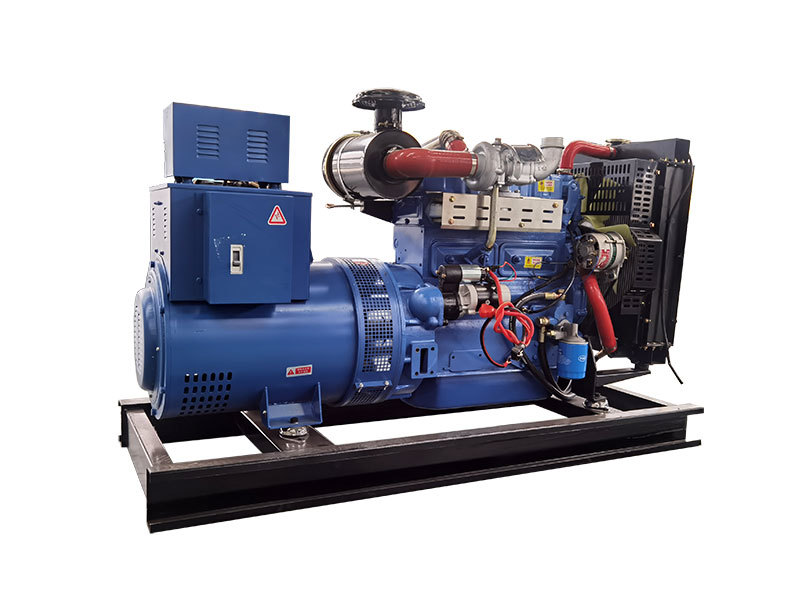Introduction: The Silent Guardian of Your Power Supply
Imagine a world where your backup power source fails you when you need it most. It's a scary thought, right? That's why generator set preventive maintenance schedules are crucial. By investing in regular care, you can avoid costly failures and ensure your generator is always ready to save the day.
The Importance of Preventive Maintenance
As it turns out, preventive maintenance is not just a nice-to-have – it's a must-have for any generator set owner. Regular upkeep can extend the lifespan of your equipment, enhance performance, and reduce the risk of unexpected breakdowns. Plus, preventive maintenance can help you catch small issues before they turn into major problems, saving you time and money in the long run.
Key Insight: The 3-Step Approach to Effective Preventive Maintenance
Crafting a successful preventive maintenance schedule involves three essential steps: inspection, testing, and maintenance. Inspections involve visual checks to identify any wear and tear, while testing ensures your generator is running at peak performance. Maintenance includes tasks like oil changes, filter replacements, and tune-ups.
Developing a Customized Maintenance Schedule
There's no one-size-fits-all solution when it comes to generator set preventive maintenance schedules. Factors like usage, environment, and generator type all play a role in determining the optimal care plan. Here are some guidelines to help you create a customized schedule:
Common Maintenance Tasks and Their Frequency
While every generator set is unique, some common maintenance tasks apply to most systems. Here's a look at essential tasks and their recommended frequency:
- Oil and filter changes: Every 250-500 hours or annually, whichever comes first.
- Fuel system cleaning: Every 250-500 hours or annually.
- Cooling system maintenance: Every 500 hours or annually.
- Battery maintenance: Semi-annually or as needed.
- Load bank testing: Annually or as recommended by the manufacturer.
Practical Application: Bringing Your Maintenance Schedule to Life
Now that you understand the ins and outs of generator set preventive maintenance schedules, it's time to put that knowledge into action. Here are five steps to help you create and implement an effective plan:
- Review your generator's user manual for manufacturer recommendations.
- Consult with a professional technician to develop a customized schedule.
- Schedule maintenance tasks in advance to stay on track.
- Document all maintenance activities for future reference.
- Regularly review and update your maintenance schedule as needed.
Conclusion: A Reliable Generator Set is a Powerful Ally
In my experience, there's no substitute for a well-maintained generator set. By following a solid preventive maintenance schedule, you can protect your investment, avoid costly failures, and enjoy the peace of mind that comes from knowing your power source is always ready to perform when you need it most. So, roll up your sleeves, dive into the world of generator set maintenance, and give your equipment the TLC it deserves.





